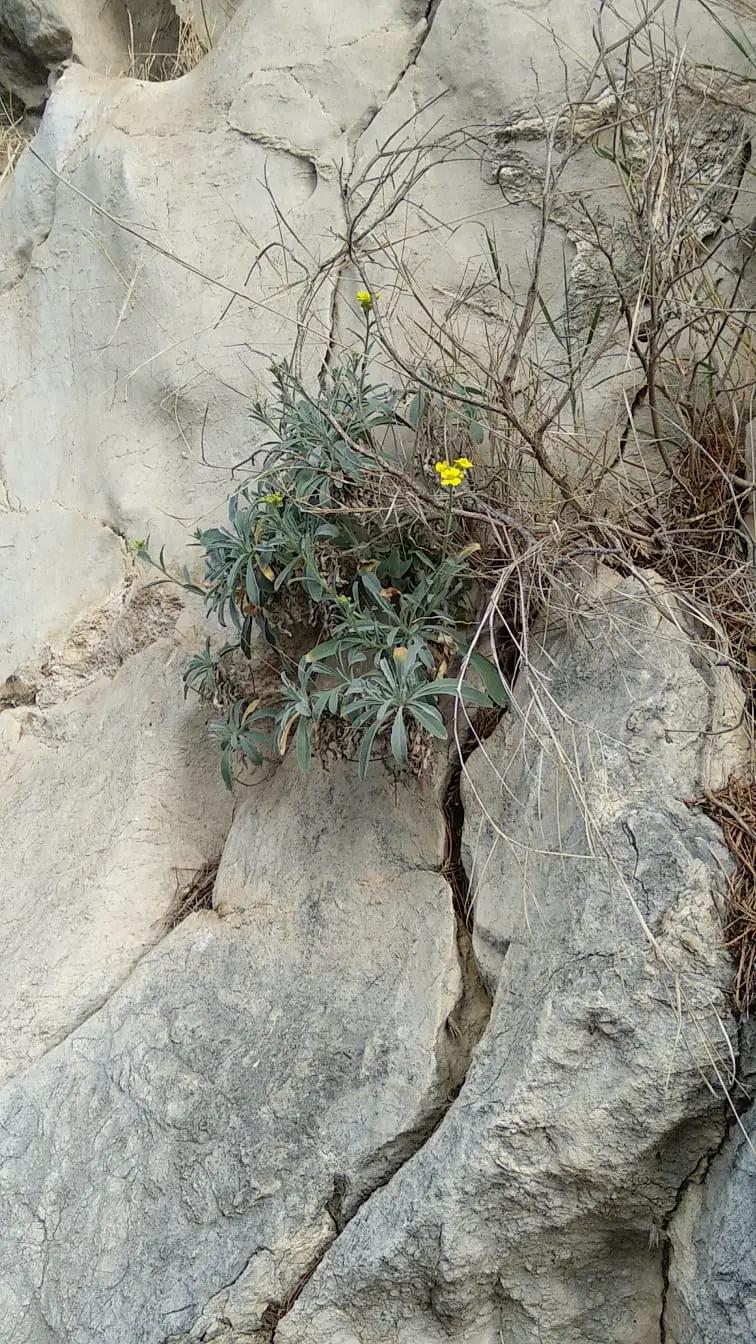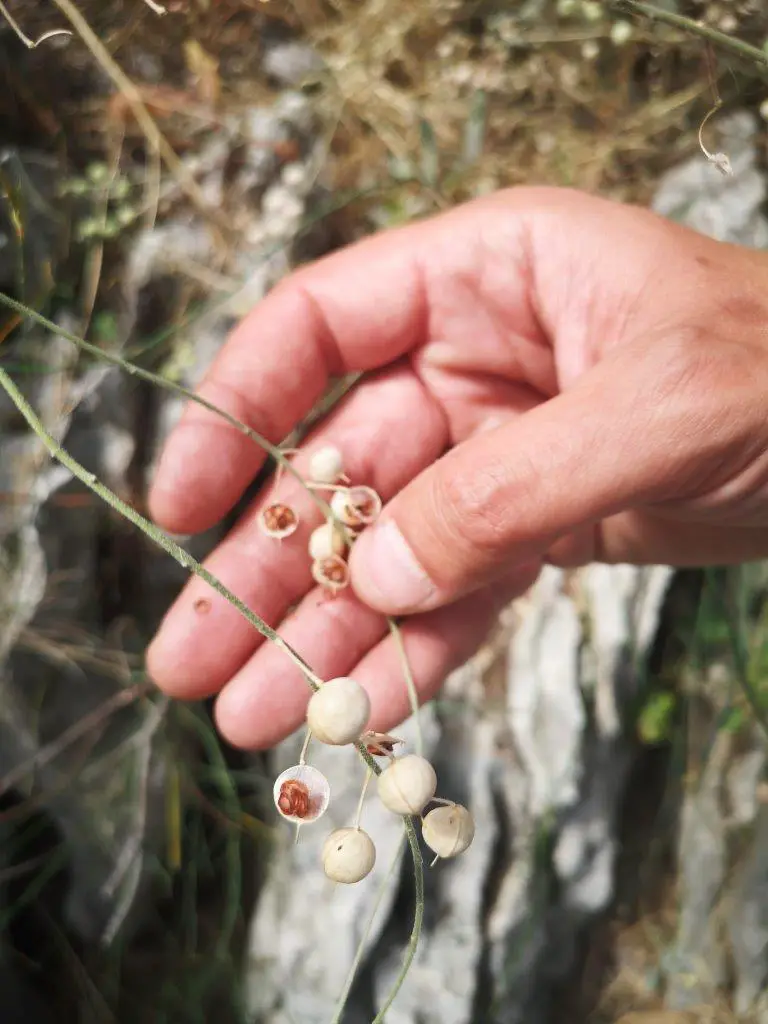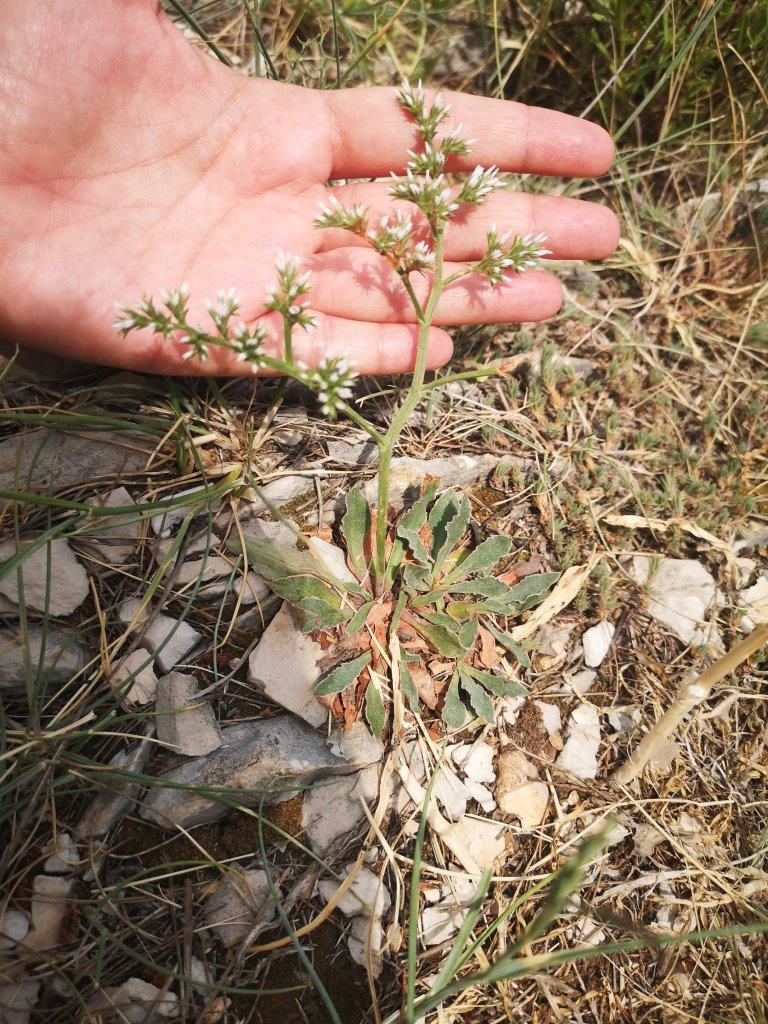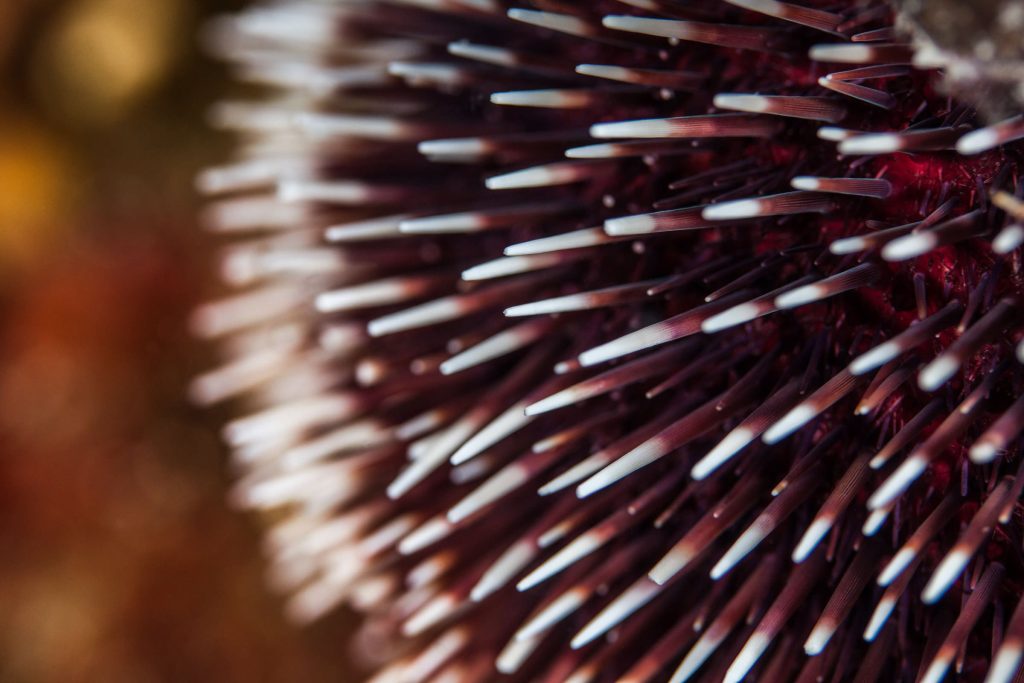This is the first article written for Total Croatia News by our new contributor, Maria Sole Vespasiano, a molecular biologist living in Split.
Fauna of Dalmatia coastal waters
The waters are populated by many species of fish, mammalians, shells, and more, but you are not going to see all of them from the coast. Sitting on a beach it is not difficult to spot dolphins swimming only a few hundred meters away from the coast. This happens especially when it is not high season yet and ferries, boats, and catamarans are not making the waters too busy for dolphins to feel comfortable enough to appear. Did you know that dolphins can understand approximately 60 words, which can make up to 2000 sentences? They are even able to communicate over the phone! If you are a fan of these beautiful and super-smart animals, in Dalmatia you may have the chance to see them very closely! Another way to see dolphins, and maybe even swim with them, is having a sailing trip a bit further from the coast. In this case, the dolphin watch is almost guaranteed. Their sinuous movement in the waves will be a beautiful memory to take home from your vacation.
Looking around rocks you can find sea stars, and this is way easier on islands! Most likely not everybody knows that sea stars can reproduce by scission of their body. They can also detach one of their “arms” when attacked to be able to escape and save the rest of the body. If you accidentally find one of these sea stars with one shorter (or half of their) arm/s, please do not disturb: either it is recovering from the attack of a predator or a new life is flourishing!
Another water animal that widely proliferates near the Dalmatian coast is the sea urchin. They find their home on the stones, and the backdrop of the Dalmatian coast is made of small or bigger stones, which makes it the perfect location for them. Stepping on one of these sea animals can be very painful! On the other hand, they are also proof of clean waters, because the accumulation of heavy metals disrupts their growth. When you spot them feel lucky to swim in the same water and watch out where you put your feet!
Flora of Dalmatia
The forests and the mountains are often populated by foreign species, especially when these are invasive and they grow faster and easier than the indigenous ones. However, in the Marjan forest in the heart of Split, around 30 endemic species were found. Three of them, in particular, caught my attention during a visit to Marjan hill with experts that are working on a map of all the plants present on Marjan.
The first one is Aurinia leucadea. It is a plant that grows on rocks and has beautiful yellow flowers. It grows mainly in Dalmatia and in some other rare locations of the Mediterranean. They say its name comes from Greek αϋρα that means breeze, wind. In fact, this plant lives on the rocks of mountains in very windy regions, like Dalmatia. The rocky part of the Marjan forest is always fully exposed to the wind, and this creates a perfect environment for this plant.

(Aurinia leucadea; all images taken by the article’s author, Maria Sole Vespasiano)
Another interesting one, also from the family of Aurinia is the Aurinia sinuate, an endemic plant that grows only on the Adriatic coast. Its characteristic is that the particular red seeds are protected in little spheres as you can see in the picture below. This plant also blooms yellow flowers, but not in the season I took the picture!

Last but not least, Goniolimon dalmaticum. This plant only grows in Dalmatia and the experts were looking for it in the Marjan forest for weeks. The specimen is the only one they found so far in Marjan park. I challenge you to find it! Many years of luck to the one who will spot it, according to the legend! I will give you a little tip: it is able to grow in an extreme environment, with the high salinity in the soil. Have a look close to the coast!
Find out more about the plant species of Marjan in this article.

Big thanks to Split Scouts and Igor Belamaric for taking me to Marjan, and explaining the flora of Dalmatia.









